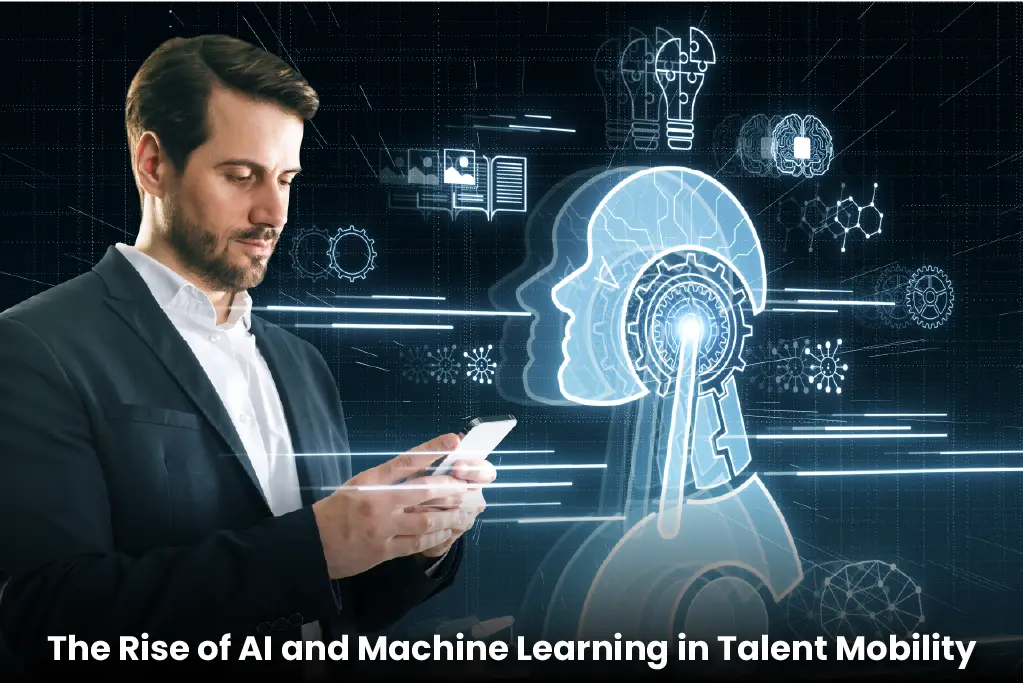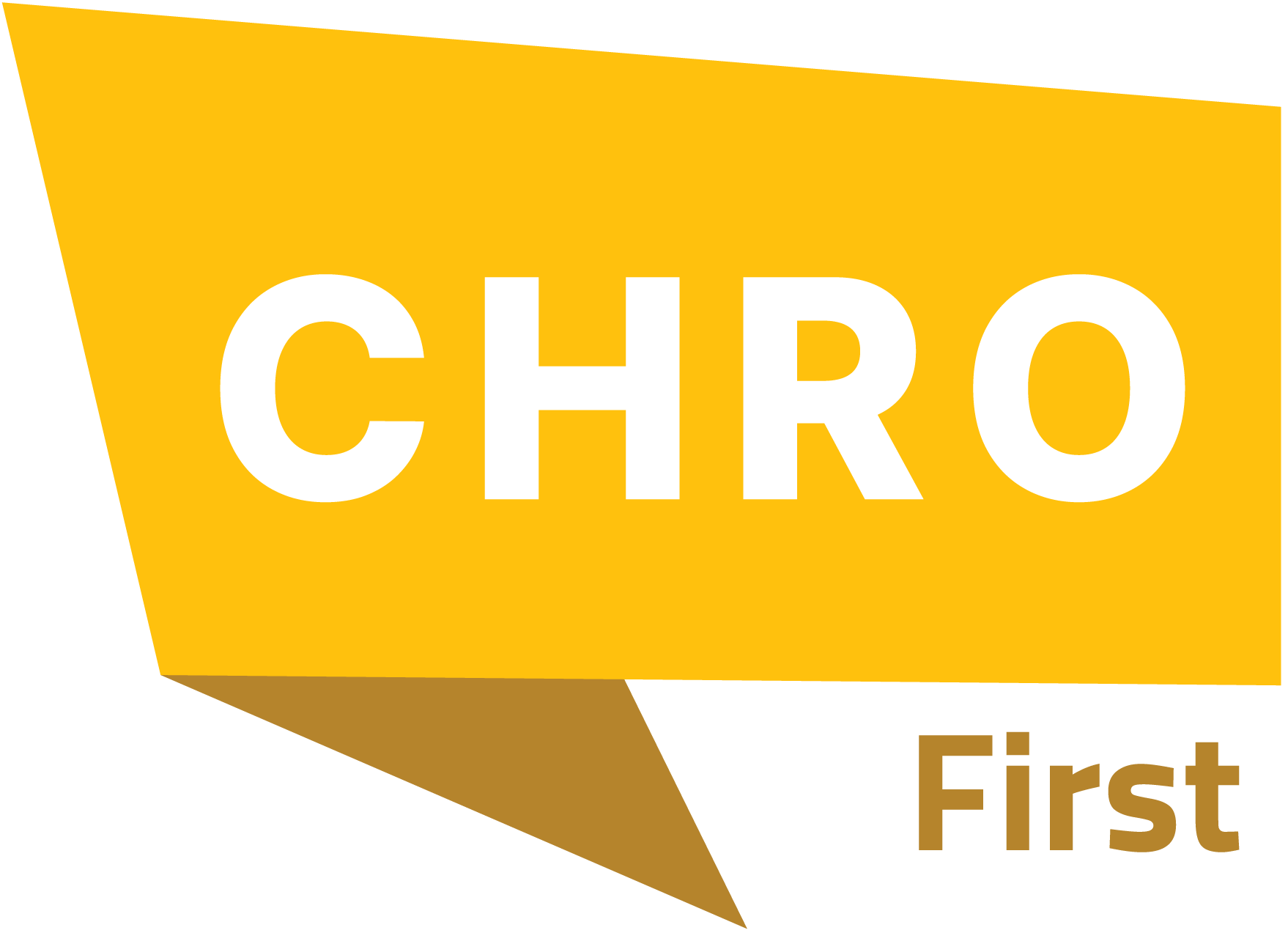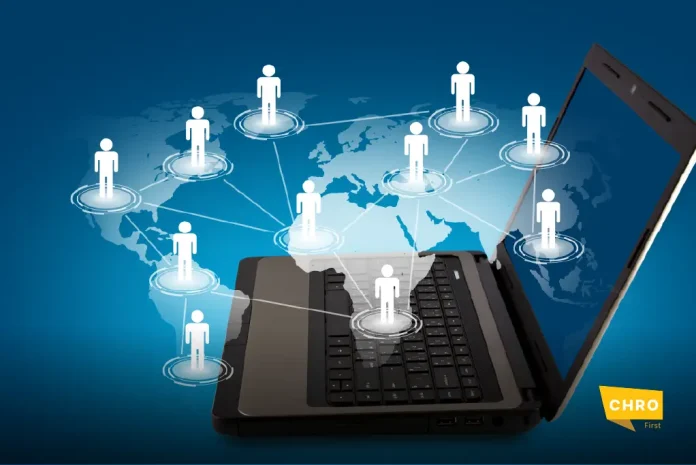The modern workplace is undergoing a seismic shift. Leaders find it hard to manage talent. Economic changes, fast tech shifts, and changing employee needs make it tough. For CHROs, the challenge isn’t just hiring and retaining employees. Now, it’s about moving talent around to meet the organization’s needs. They must also encourage growth and flexibility. Tech-driven platforms are changing how companies find, train, and move their workers. They are the unsung heroes in this revolution. These tools aren’t just making processes easier. They’re changing how we think about workforce strategy.
The influence of AI on talent acquisition is undeniable. AI can increase staff retention by 51%, improve employee performance by 27%, and enhance employee satisfaction by 24%. These statistics highlight how AI is reshaping talent management, driving greater efficiency, engagement, and satisfaction in the workforce.
The Shifting Landscape of Talent Management
Gone are the days when workforce planning relied on static org charts and annual reviews. Today, businesses work in real time. Leaders must quickly adjust to market needs. Old ways of redeploying talent don’t work well anymore. Manual checks, separate data, and instinct-based choices are outdated. A new Deloitte study shows that companies with AI workforce platforms are faster and more flexible. Some have cut redeployment timelines by over half. CHROs need to embrace technology. This helps connect current talent with new opportunities. Staying competitive depends on it.
The Rise of AI and Machine Learning in Talent Mobility

AI and machine learning (ML) are at the core of this change. These technologies look at large datasets. They include employee skills, performance metrics, market trends, and project needs. By doing this, they find hidden patterns and predict future needs. Platforms like Gloat and Eightfold use AI. They create talent marketplaces that match employees with internal roles, gigs, or mentorships. This is based on employees’ skills and goals.
AI for Talent Mobility can help in 30% increase in internal application rates via AI-driven notifications, 140% increase in higher-quality internal applications vs. external applicants, 19% increase in internal employees hired or in process, and 2.3x more likelihood for employees to move to a new role.
A global consumer goods company now needs sustainability skills because of a sudden demand. Instead of hiring externally, the CHRO used an AI platform. This scanned the skills of current employees. It uncovered hidden expertise in circular economy strategies among mid-level engineers. The company fast-tracked its green initiatives. It did this by putting these individuals in cross-functional sustainability task forces. This also increased employee engagement.
Data-Driven Decision-Making

Tech-driven platforms have a big advantage: they change intuition into clear actions. Legacy systems keep HR teams stuck in reactive decision-making. Modern tools offer real-time insights into workforce skills. Predictive analytics can spot skill gaps months ahead. This lets CHROs reskill employees or move them to important areas.
Salesforce’s Trailhead platform exemplifies this approach. The system looks at how employees learn and how projects turn out. It offers personalized training paths that fit each person’s career goals and the company’s needs. This dual focus makes redeployment more than just logistics. It becomes a strategic move that improves business results.
Breaking Down Silos with Internal Talent Marketplaces
Internal talent marketplaces are emerging as a cornerstone of agile workforce strategies. These platforms open up opportunities. They let employees look for roles outside their departments. This helps break down old hierarchical barriers. IBM’s AI platform helped many employees move to AI and cloud jobs. This shift supported the company’s change to hybrid cloud services. The result? Lower hiring costs and better employee retention come when workers feel they can shape their careers here.
Such platforms also address a critical pain point for CHROs: underutilized talent. McKinsey’s research reveals that nearly one in three employees feels that their skills go underused at work. Making internal opportunities clear helps companies use hidden talent. This boosts innovation and lowers turnover.
Bridging the Skills Gap Proactively
Redeployment isn’t just about moving people; it’s about preparing them. Tech platforms like Degreed and Coursera for Business help companies provide customized upskilling programs. These tools find skill gaps. They suggest courses and predict which employees will succeed in future roles.
Take Siemens’ ‘My Learning World’ platform, which combines AI with microlearning modules. Employees get short training suggestions based on current project needs. This helps them learn skills when they need them, not just for future use. This method speeds up redeployment and encourages a culture of ongoing learning.
Cultural Transformation
Technology alone isn’t enough. Successful workforce redeployment requires a cultural shift toward flexibility and employee agency. CHROs must champion initiatives that encourage lateral movement, experimentation, and cross-functional collaboration. Microsoft’s ‘Career Hub’ let’s employees work on short-term projects with their main jobs. This boosts innovation and creates a pool of flexible talent.
Leaders must also address the psychological barriers to redeployment. Employees often fear being pigeonholed or sidelined during transitions. Clear communication about redeployment opportunities and strong support systems, like mentorship programs, can help ease these worries.
The Ethical Imperative
As organizations adopt these technologies, CHROs must navigate ethical considerations. Poorly designed algorithms can keep biases alive. They might also put business goals ahead of worker welfare. Procter & Gamble’s ‘WorkSpaces’ platform uses ethical AI to protect candidate privacy. It anonymizes data during job matching. This helps cut down on unconscious bias and supports diverse redeployment choices.
Moreover, technology should enhance; not replace; human judgment. Regular audits of AI suggestions and employee feedback keep redeployment fair and people-focused.
Integrating Workforce Ecosystems
The best organizations will see workforce redeployment as part of a bigger strategy. This means bringing together freelancers, gig workers, and AI helpers on talent platforms. This creates a flexible workforce model. Unilever uses platforms like Flex Experiences to mix internal and external talent. This helps them scale teams quickly based on project needs.
For CHROs, this evolution demands a reimagining of leadership itself. Success depends on balancing data insights and emotional intelligence. This creates a workplace where technology helps people instead of replacing them.
Conclusion
Tech-driven platforms are changing how we manage workforces. They connect talent strategy with business agility. CHROs have one clear task: see these tools as vital for long-term strength, not just quick fixes.
Start by auditing existing redeployment processes for inefficiencies. Test AI talent marketplaces in departments with high turnover. Then, measure results such as time-to-productivity and employee satisfaction. Invest in platforms that prioritize ethical AI and employee development. Create a culture that sees redeployment as a chance for growth, not a last resort.
In a world of constant change, smart talent redeployment will distinguish top companies from others. The tools are here. The question is: Will your organization seize the opportunity?

